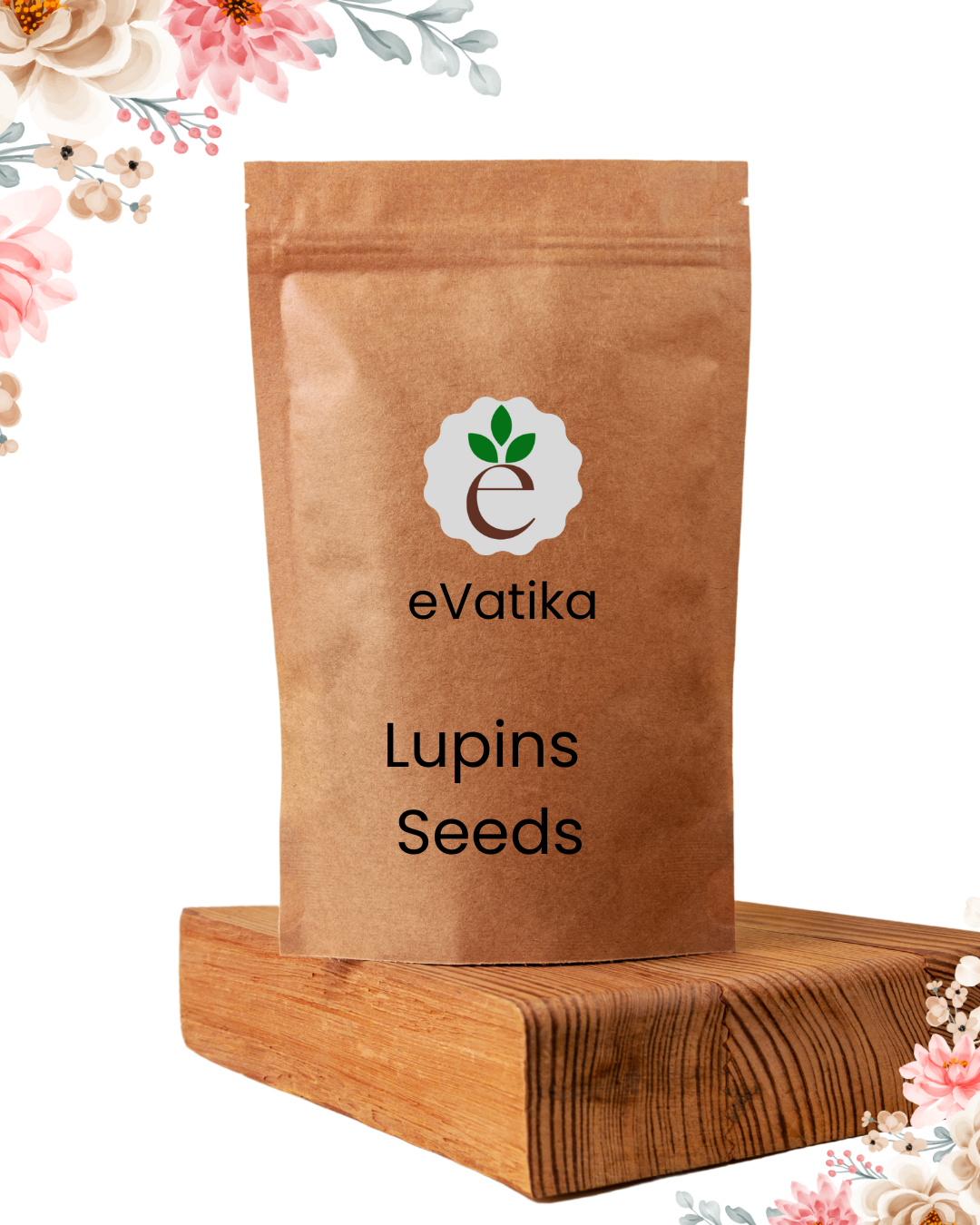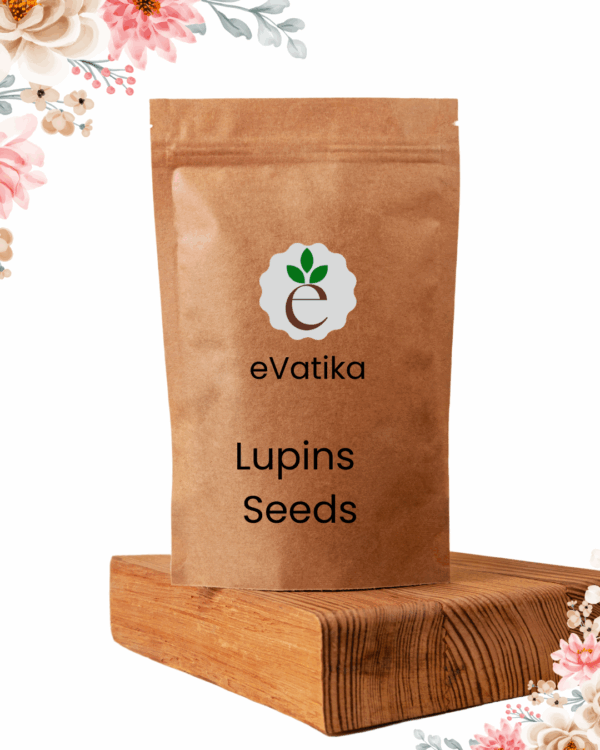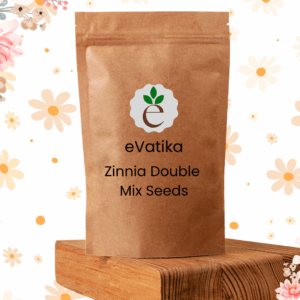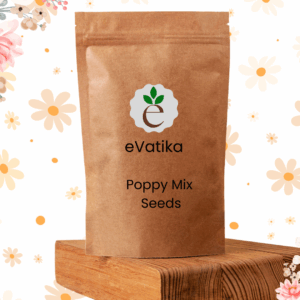Lupins Seeds

- Free worldwide shipping on all orders over $100
- Delivers in: 3-7 Working Days Shipping & Return
🌸 What Are Lupins Seeds?
Lupins seeds come from flowering plants in the genus Lupinus, known for their tall, colorful spires of pea-like flowers. Native to North and South America, as well as the Mediterranean, lupins are admired for their striking blooms and nitrogen-fixing ability that benefits soil health.
🌿 Botanical Features
-
Seed Shape: Large, round to oval seeds, often mottled or solid-colored
-
Flower Colors: Purple, blue, pink, white, yellow, and bi-color combinations
-
Flower Form: Dense, upright spikes of pea-shaped flowers
-
Plant Height: Usually 1–4 feet tall depending on species
-
Foliage: Palmately compound leaves with 5–12 leaflets
-
Germination: 10–14 days, sometimes benefits from scarification
-
Growth Habit: Upright, bushy
🍽️ Culinary Uses
-
Some lupin species have seeds that are edible once properly soaked and cooked (e.g., Lupinus albus), often eaten as a snack in Mediterranean cuisine.
-
Caution: Many lupin seeds contain alkaloids that are toxic unless treated correctly.
🏥 Health Benefits
-
High in protein and fiber
-
Gluten-free and rich in essential amino acids
-
Used in some countries as a flour alternative for baking and cooking
🌱 Growing Lupins from Seed
Step-by-Step Guide:
-
Scarify Seeds:
-
Rub seeds gently with sandpaper or nick the seed coat to improve water absorption.
-
-
Soak Seeds:
-
Soak overnight in lukewarm water before planting.
-
-
Sow Seeds:
-
Plant 1 inch deep in well-drained soil, spacing about 12 inches apart.
-
-
Soil & Light:
-
Prefers full sun and slightly acidic to neutral soil (pH 6–7).
-
-
Watering:
-
Keep soil moist during germination; drought tolerant once established.
-
-
Care:
-
Lupins fix nitrogen, improving soil fertility—ideal for crop rotation.
-
Support tall varieties to prevent flopping.
-
🔍 Fun Fact
Lupins have been cultivated since ancient times for both their beauty and soil-enhancing properties. Some species can grow in poor soils by fixing nitrogen, making them valuable in sustainable gardening!
Your email address will not be published.















Reviews
There are no reviews yet.